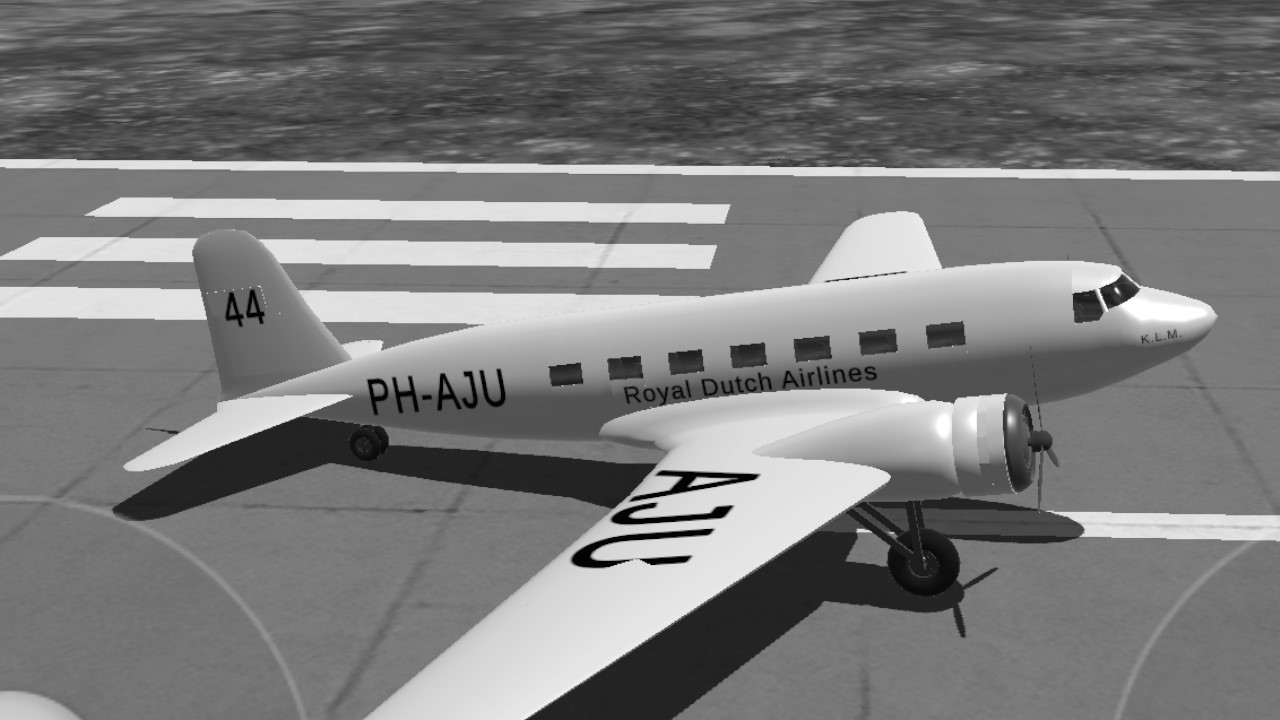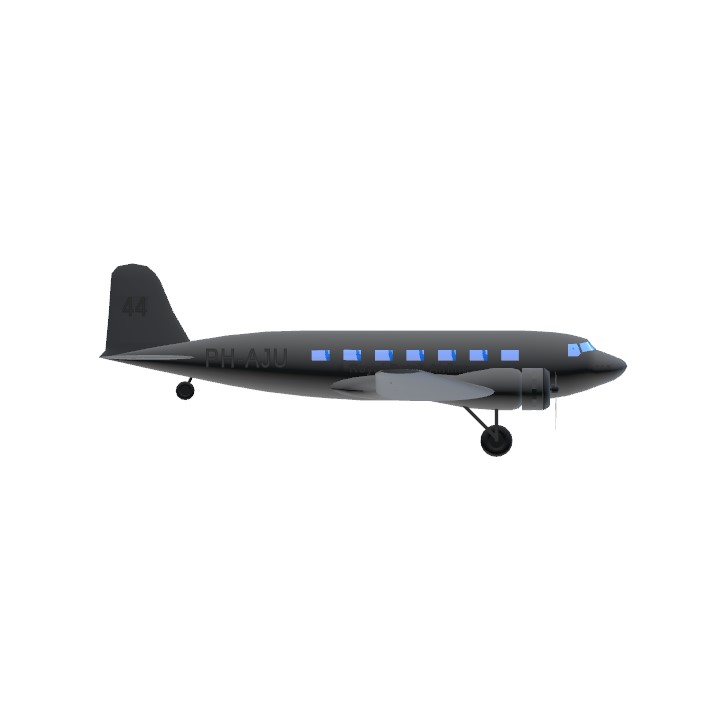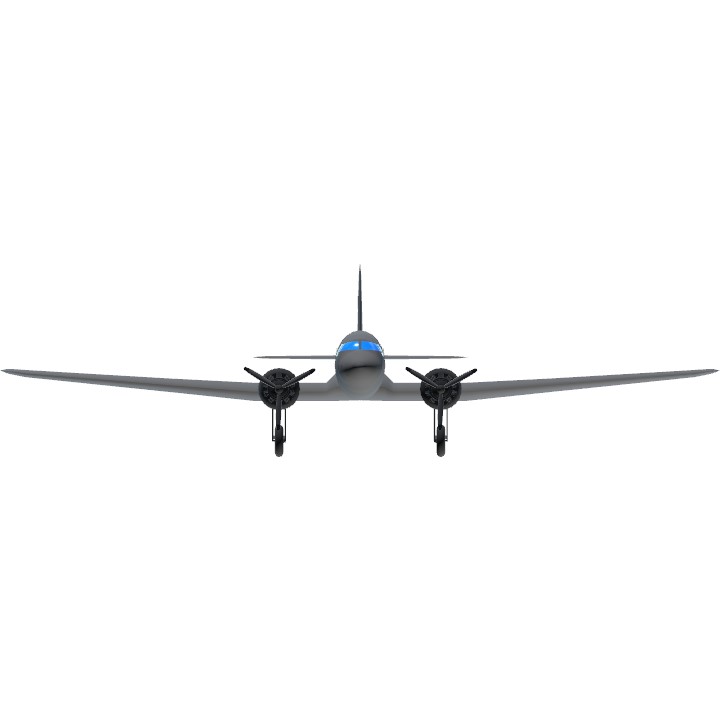That was the case for Jakarta, Paramaribo and Curaçao — and for Australia. And there began the story to which the Uiver will be inextricably linked for all time. In the years leading up to the Second World War, an air race was a remarkable phenomenon. In the early years of civil aviation, pilots were heroes. Navigation equipment was limited. Some aircraft were outfitted with radio and telegraph, but that was by no means a matter of fact. If pilots lost contact with the ground, all they had were maps, a compass, and their eyes. Aircraft flew much lower than they do now because there was no such thing as a pressurised cabin. But that made them far more susceptible to weather conditions. You couldn’t fly over the rainbow. But, for better or worse, you could try to fly through one. That called for a lot in terms of piloting qualities, and pilots had to be ready and willing to improvise. No matter how well you prepared, the chances were still pretty great that you would come up against a whole host of unexpected factors on the route, to say nothing of engine breakdowns or damage to the aircraft. This made an air race extremely challenging and exciting. Flight was exciting. 1934 saw the legendary London-to-Melbourne race, which was held to commemorate the Australian city’s one-hundredth anniversary. Officially the speed race was called MacRobertson International Air Race, and the handicap race was called — that’s right — the MacRobertson International Handicap Air Race. In the second race, factors such as greater weight in the form of passengers and cargo combined with speed all played a role. KLM’s ambition was clear to see, in that it entered into both race categories flying two brand-new aircraft — the DC-2 for the speed race and a newly designed Fokker F-XXVII for the handicap race. Because of problems that arose in taking possession of the Fokker KLM’s competition was limited to the DC-2’s flight. The handicap race was more interesting for KLM, for it wanted to show
Specifications
Spotlights
- AverageAirplanesFan 1.6 years ago
General Characteristics
- Predecessor Douglas DC-2
- Created On iOS
- Wingspan 84.2ft (25.7m)
- Length 62.6ft (19.1m)
- Height 22.6ft (6.9m)
- Empty Weight 14,486lbs (6,571kg)
- Loaded Weight 26,702lbs (12,112kg)
Performance
- Horse Power/Weight Ratio 0.149
- Wing Loading 29.9lbs/ft2 (145.9kg/m2)
- Wing Area 893.4ft2 (83.0m2)
- Drag Points 16557
Parts
- Number of Parts 266
- Control Surfaces 5
- Performance Cost 1,310







Looks very nice!
Go Uiver